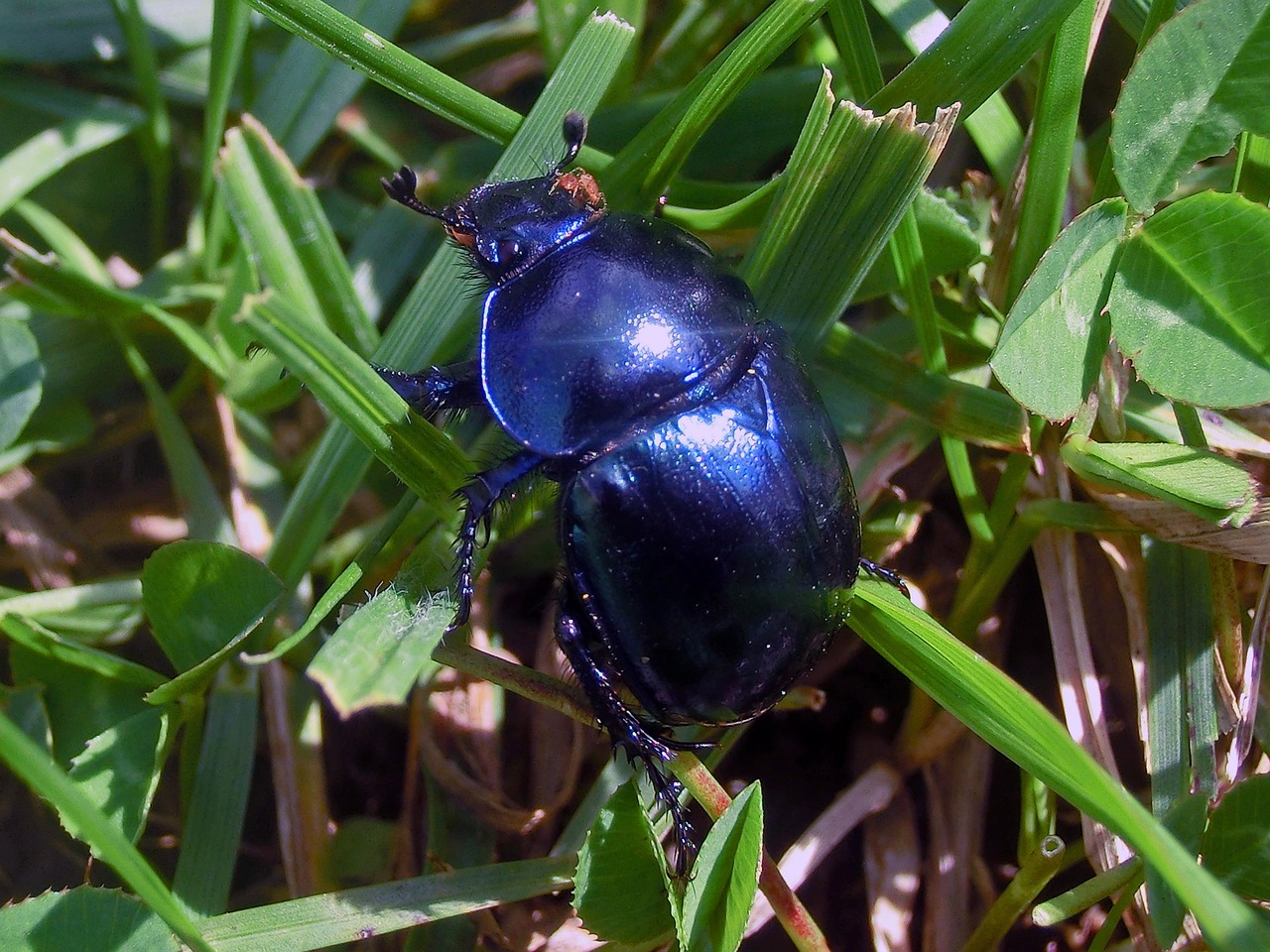Scarab beetles, particularly known as Scarabaeus sacer, hold a significant place in the cultural and religious landscape of ancient Egypt. Their intriguing behavior of rolling dung balls for egg placement was seen as a profound representation of life, death, and resurrection.
Within the framework of ancient Egyptian mythology, the scarab beetle is closely linked to Khepri, the deity embodying the rising sun and creation. This association led to the beetle’s frequent portrayal in artistic expressions and its use as protective amulets, symbolizing good luck and safeguarding its wearer. Additionally, the image of the scarab beetle often served as a seal on crucial documents, reinforcing the authority and power of the individual it represented.
One noteworthy artifact exemplifying the significance of scarab beetles is the Scarab of Hatshepsut, a grand scarab made of gold and adorned with precious gemstones. This piece is believed to have belonged to Hatshepsut, a formidable female pharaoh recognized for her influence in ancient Egypt.
Scarab beetles also played an essential role in the funerary customs of ancient Egyptians. Amulets shaped like scarabs were frequently interred with the deceased to facilitate a safe journey into the afterlife. The beetle was intimately associated with the heart, and during the mummification process, scarab amulets were occasionally placed upon the heart, signifying its vital role in the journey beyond death.
The enduring fascination with scarab beetles is reflected in numerous artistic works, including jewelry, sculptures, and paintings, inspired by these creatures. In contemporary culture, scarab beetles continue to hold significance, often recognized as symbols of protection and good fortune in various societies around the globe.
FAQs
Q: What is the scientific name of the scarab beetle?
A: The scientific name of the scarab beetle is Scarabaeus sacer.
Q: What was the significance of the scarab beetle in ancient Egyptian religion?
A: In ancient Egyptian religion, the scarab beetle was closely associated with Khepri and represented the cyclical nature of life, death, and rebirth, serving as a symbol of protection and good fortune.
Q: What was the Scarab of Hatshepsut?
A: The Scarab of Hatshepsut is a lavish scarab beetle crafted from gold, embellished with precious stones, and is historically attributed to Hatshepsut, a significant female leader in ancient Egypt.
Q: How were scarab beetles used in ancient Egyptian funerary rituals?
A: Amulets shaped like scarabs were commonly placed in tombs to aid the deceased in navigating the afterlife. Furthermore, their connection to the heart led to their placement on the heart during mummification, highlighting its importance in the afterlife beliefs.



